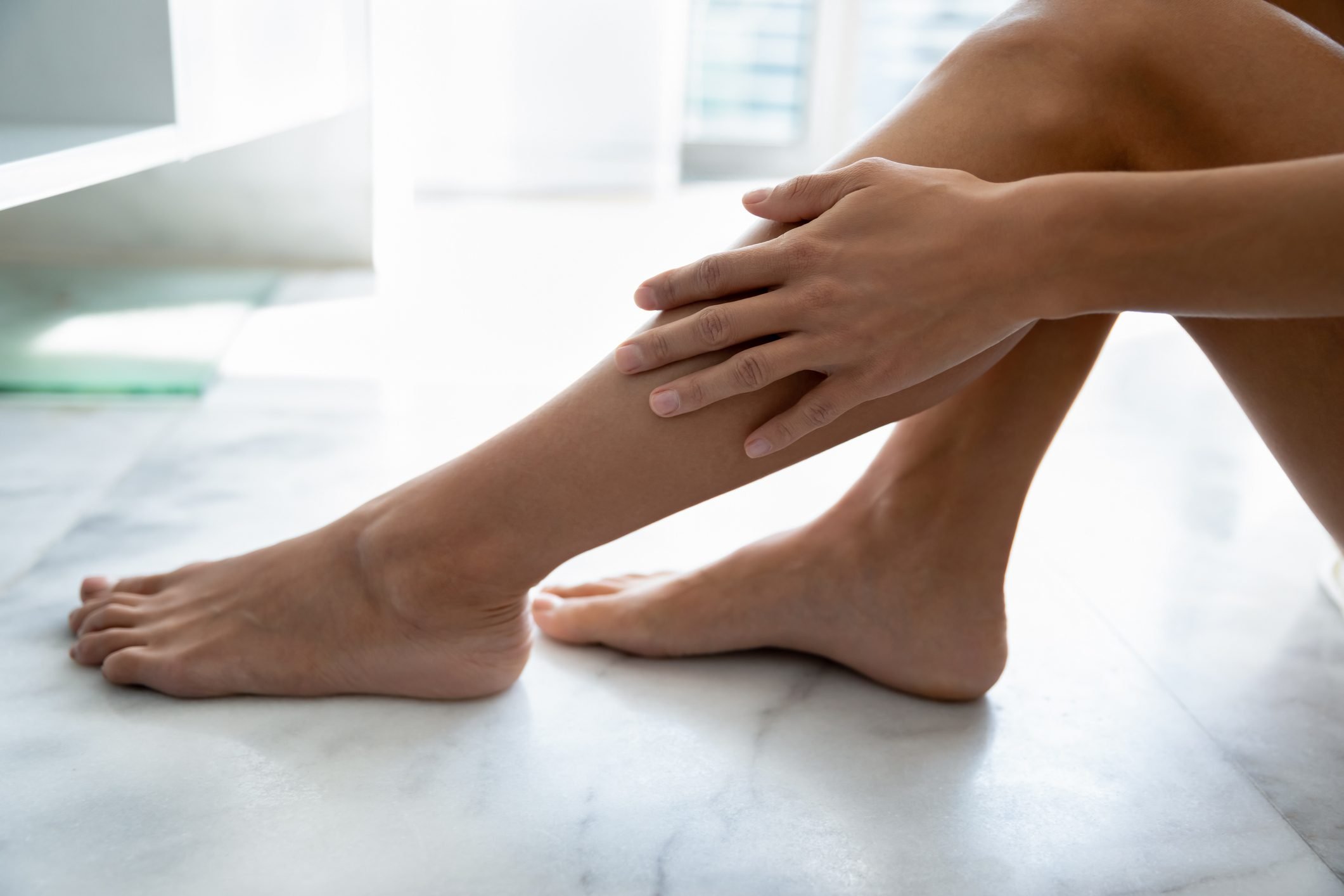Blood Clot Symptoms Foot | Leg cramps, especially at night, and often. A blood clot may be stationary (known as a thrombus ) and block the flow of blood. They can cause sudden bleeding, so they are used only when your. Blood clots typically form in the appendages, where vessels attract overzealous platelets which clog and block veins or arteries, but they can move elsewhere. However, there are certain hallmark symptoms that may accompany a blood clot
The blood clots (pictures 1,2) usually form in foot, toe, feet. Blood clots can reduce the flow of blood throughout your body. Sometimes a clot will form inside a blood vessel, which is either an artery or a vein. Blood clotting is a normal function that occurs when you have an injury. However, there are certain hallmark symptoms that may accompany a blood clot

When blood clots don't fall apart, they can be dangerous and lead to serious medical conditions. When there is a trombus, a patient cannot see symptoms the. Talk with your doctor to see if you are at risk. Blood clotting is a normal function that occurs when you have an injury. A blood clot may be stationary (known as a thrombus ) and block the flow of blood. They can cause sudden bleeding, so they are used only when your. That blood clot can then block a blood vessel in your lungs. ■ are 65 or older. There are numerous symptoms of a blood clot that are important to know. This particular symptom can be very scary, because it could mean the blood clot has travelled into the lungs. You may feel a blood clot moving in your leg if you start to get sudden chest pains this can result in swelling at the back of your legs or ankles.7. One of the blood clot symptoms is swollen foot along with pain, aching, and tenderness of. Usually the symptoms of a blood clot in the leg affect only one leg.
The first indication that someone may have a clotting disorder may be the presence of a blood clot somewhere in the the pain may be worse when you bend your foot upward towards your knee. Symptoms are different depending on where the blood clot is located. Once the signs and symptoms are suggestive of a blood clot in the leg the test of choice is an ultrasound scan of the legs to look for the presence of clot. The blood clot has no demographics. But you need to know if blood clots are harmful to your body and if you are at risk.

When blood clots don't fall apart, they can be dangerous and lead to serious medical conditions. Your one entire leg is swollen. Blood clotting is a normal function that occurs when you have an injury. Yes, abnormal blood clot formation in the leg and lungs can be prevented. When that happens, symptoms usually come on more gradually, but can. It's important to get prompt treatment for. But you need to know if blood clots are harmful to your body and if you are at risk. A blood clot in the foot can become a serious issue. The blood clots (pictures 1,2) usually form in foot, toe, feet. What does a blood clot look like? Blockages hinder proper blood flow to these areas and the lack of oxygen to the foot leads to major discomfort. Foot mobility is considerably affected as a result of the blockage of veins or. Once you identify symptoms of a blood clot, you should seek medical attention immediately.
The blood clot has no demographics. Blood clot symptoms and warning signs. Foot mobility is considerably affected as a result of the blockage of veins or. Once the signs and symptoms are suggestive of a blood clot in the leg the test of choice is an ultrasound scan of the legs to look for the presence of clot. You can get them in blood vessels in just about any part you could also get a clot in the veins that carry blood back to your heart.

But before discussing the symptoms indicating blood clots, it's important to know what they are. Blood clot signs and symptoms. For many people, blood clots often form in the legs during periods of inactivity. Dvts in the leg or arm usually cause painful swelling in the area. Worsening leg pain when bending the foot. Find out what happens if clot doesn't dissolve or forms in a blood vessel. That blood clot can then block a blood vessel in your lungs. Blood clots typically form deep within the veins of the legs, which is referred to as deep vein thrombosis (dvt), and can travel through the body. When that happens, symptoms usually come on more gradually, but can. They can be harmful if they block blood flow to important areas. Factors known as the virchow triad are triggers for dvt, and other symptoms also develop as a blood clot forms. Dvts or blood clots in young people can happen in different parts of the body. Foot mobility is considerably affected as a result of the blockage of veins or.
The majority of cases occur in or within 90 days of being discharged from hospital; blood clot symptoms. A clot blocks blood circulation through these veins, which carry blood from the lower body back to the heart.
Blood Clot Symptoms Foot: Keep reading for more information on the signs and symptoms of blood clots and how a doctor may treat them.
Source: Blood Clot Symptoms Foot
EmoticonEmoticon